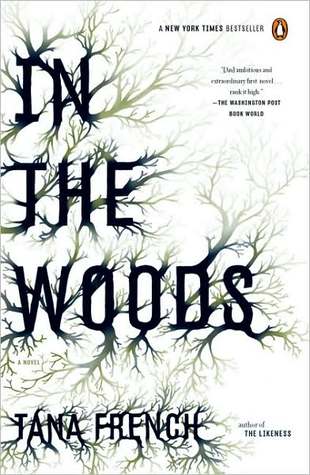Following the Syrian Arab Spring in 2011, Sulaiman fled Syria on August 17, 2011 and first settled in Egypt and in France in 2012. In both Egypt and France, Sulaiman found that many foreigners had little or no idea what was happening in Syria. He writes, "I realised that the absence of a free press in Syria had led to a massive lack of understanding, and while official Syrian media outfits were transmitting nothing but pro-Assad propaganda, pro-rebel media were no less guilty of churning out propaganda of their own." Perhaps no one can capture exactly what is happening in Syria, but Freedom Hospital is how Sulaiman sees it. He doesn't try to explain the situation, justify it, or be neutral. Rather he bears witness and gives a voice to the events he has seen.
Freedom Hospital is a graphic novel about a clandestine hospital in the fictional town of Houria, near the Syrian-Turkish border. Though Houria is made-up, its layout and buildings are representative of many small Syrian towns. Sulaiman based Yasmin and the other protagonists' stories on events that he witnessed before leaving Syria. Some of the images were taken from YouTube footage, and Sulaiman incorporates slogans and excerpts from speeches.
The novel begins in spring of 2012; 40,000 people have died since the Syrian Arab Spring. Yasmin has set up a secret hospital in the northern part of Syria. Her town is controlled by pro-Assad forces, but is relatively stable. Over the course of the ensuing months, the situation becomes more violent and unpredictable.
I liked this graphic novel. I found that although the protagonists have names and faces, the style of drawing at times renders them faceless, blurry, or anonymous. Yasmin and her friends could be any number of actual people; Houria could be various small towns in Syria. The images and events depicted in Freedom Hospital are neither true nor false; they just are.





